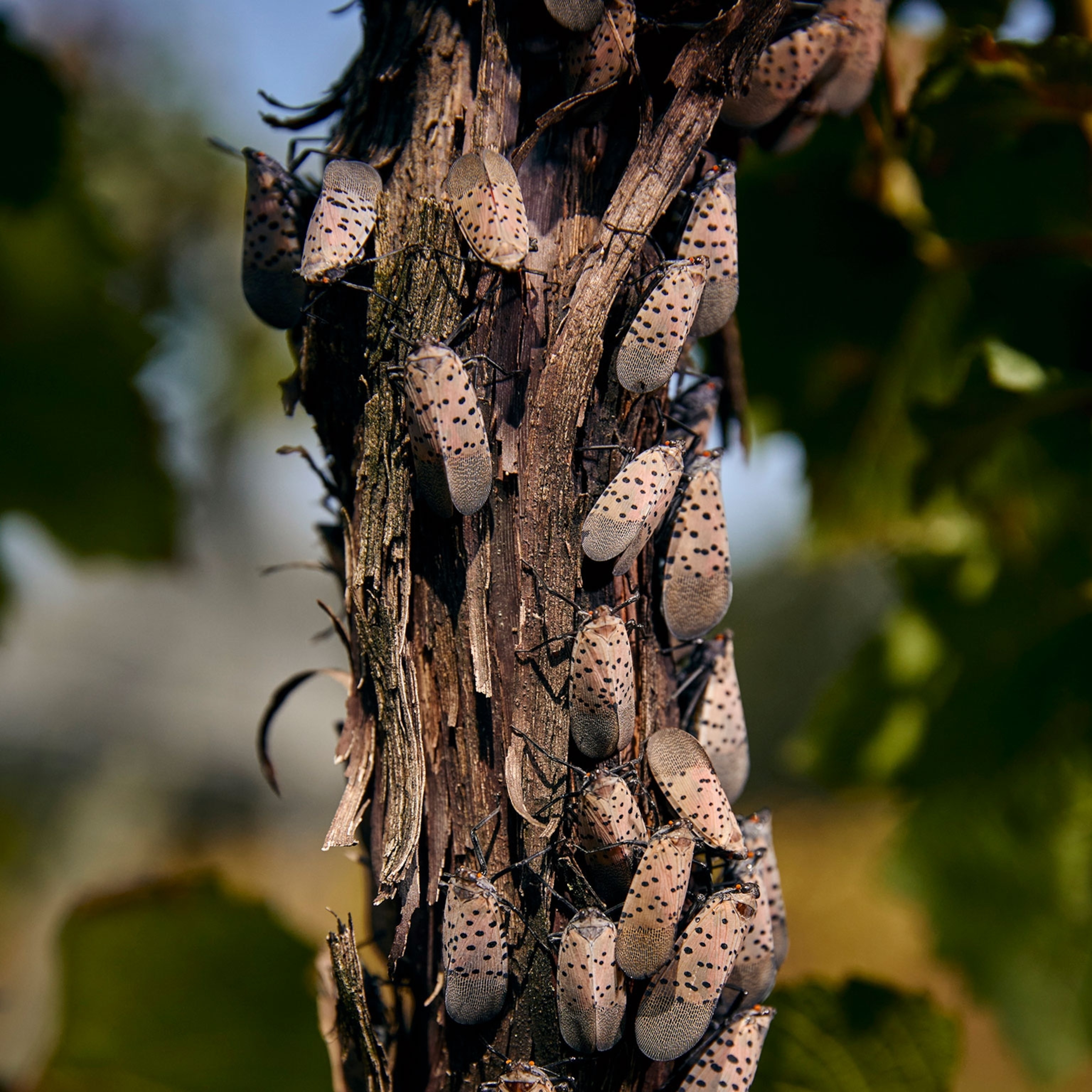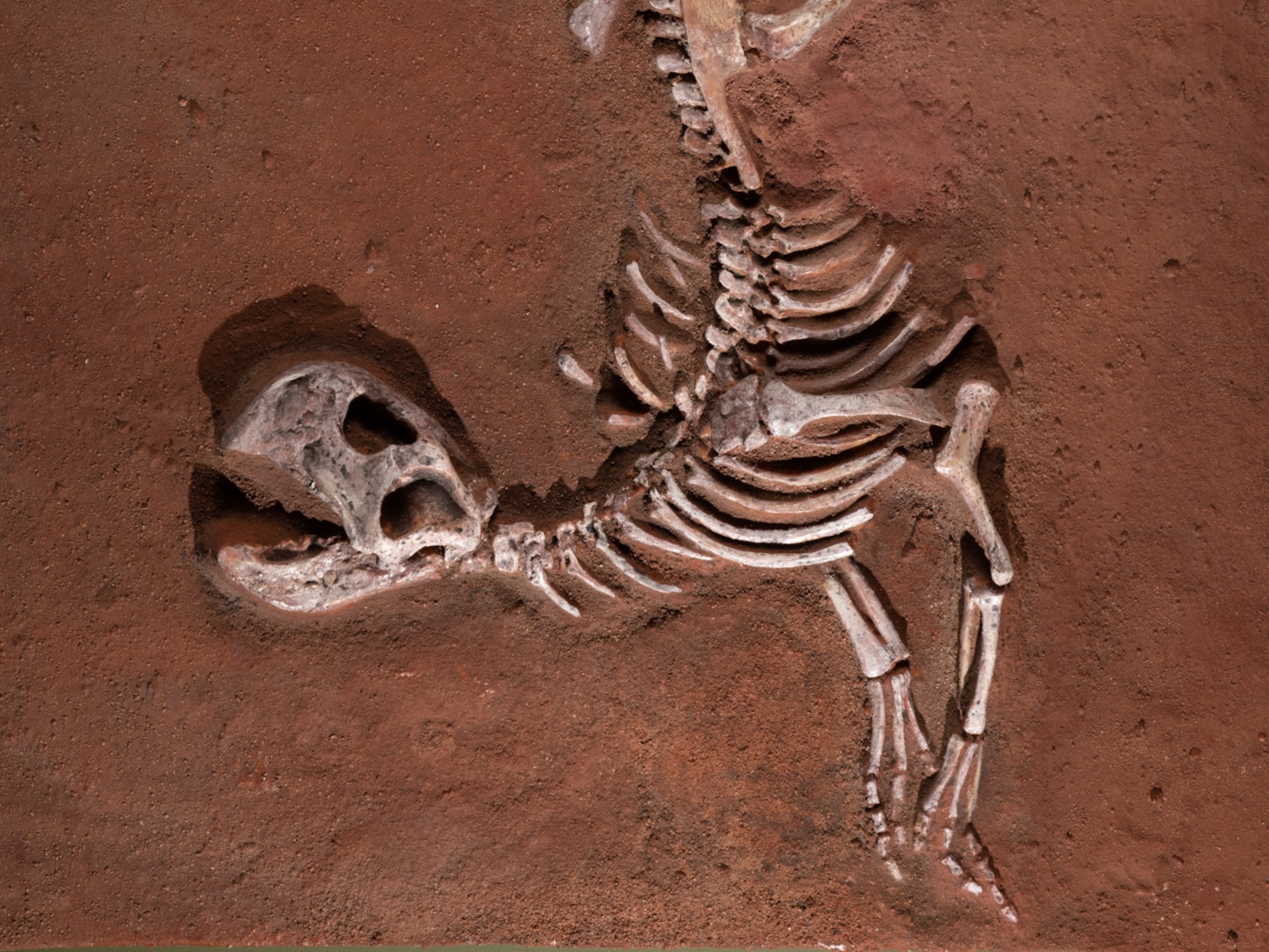
Drug-filled Mice Airdropped Over Guam to Kill Snakes
Dead mice filled with a generic version of Tylenol are being airdropped to kill the invasive brown tree snake, U.S. officials say.
Dead mice packed with drugs were recently airdropped into Guam's dense jungle canopy—part of a new effort to kill an invasive species of snake on the U.S. Pacific island territory.
In the U.S. government-funded project, tablets of concentrated acetaminophen, the active ingredient in Tylenol, are placed in dead thumb-size mice, which are then used as bait for brown tree snakes.
In humans, acetaminophen helps soothe aches, pains, and fevers. But when ingested by brown tree snakes, the drug disrupts the oxygen-carrying ability of the snakes' hemoglobin blood proteins.
"They go into a coma, and then death," said Peter Savarie, a researcher with the U.S. Department of Agriculture (USDA) Wildlife Services, which has been developing the technique since 1995 through grants from the U.S. Departments of Defense and Interior.
Only about 80 milligrams of acetaminophen—equal to a child's dose of Tylenol—are needed to kill an adult brown tree snake. Once ingested via a dead mouse, it typically takes about 60 hours for the drug to kill a snake.
"There are very few snakes that will consume something that they haven't killed themselves," added Dan Vice, assistant state director of USDA Wildlife Services in Hawaii, Guam, and the Pacific Islands.
But brown tree snakes will scavenge as well as hunt, he said, and that's the "chink in the brown tree snake's armor."
Snakes Pests Decimated "Naïve" Wildlife
The brown tree snake is an arboreal species native to Australia, Papua New Guinea, and several Pacific islands. The snake preys on birds, lizards, bats, and small mammals.
Inadvertently introduced to Guam (map) from the Solomon Islands after World War II, brown tree snakes are responsible for the extinction or severe reduction of several of the island's native species.
The brown tree snake "is a nocturnal, arboreal predator. There's just nothing like it here. It arrived here and found an island full of very naïve native wildlife," Vice said. (See "Snake Plague on Guam Impacts Trees.")
Over the years, scientists have developed several strategies to fight the reptile pest, including traps, snake-detecting dogs, and nighttime spotlight searches along airport and seaport fence lines.
Most of these strategies have focused on keeping the snake species from leaving Guam and sneaking onto ships headed for other islands, such as Hawaii, where scientists fear the predators could wreak similar havoc.
(See "Alien Giant Snakes Threaten to Invade Up to 1/3 of U.S.")
By contrast, this latest approach aims to take the fight into Guam's jungles, where most of the invasive snakes reside.
A popular misconception about Guam, Vice said, is that the entire island is overrun by brown tree snakes. In reality, most of the snakes are concentrated in the island's jungles, where it is difficult for humans to reach.
"You don't walk out the front door and bump into a snake every morning," Vice said.
Radio-tagged Bait to Help Track Effectiveness
Before the laced mice are airdropped, they are attached to "flotation devices" that each consist of two pieces of cardboard joined by a 4-foot-long (1.2-meter-long) paper streamer.
The flotation device was designed to get the bait stuck in upper tree branches, where the brown tree snakes reside, instead of falling to the jungle floor, where the drug-laden mice might inadvertently get eaten by nontarget species, such as monitor lizards.
There are few other species on Guam that could be tempted by the mouse bait, USDA's Savarie said, because the brown tree snakes have eaten most of them.
(Related: "World's Biggest Snake Ate New Prehistoric Croc Species.")
On September 1 USDA researchers performed a small-scale airdrop of about 200 baited mice onto 20 acres (8 hectares) of jungle around the U.S. Naval Base in Guam. USDA personnel flying low over Guam's jungles in helicopters dropped the baited devices one at a time, to ensure even coverage.
The drop was only the second in the project's history, and was done to help refine the technique before a larger field test is conducted in late 2010 or early 2011.
A small subset of mice in the latest drop was equipped with radio transmitters, which the team will use to determine the baits' efficiency.
"If we go out tomorrow and the radio signal from the bait has moved, it's very likely that [it was eaten by] a snake," Savarie said.
Wildlife Services collects the bodies of only the snakes that eat the mice that have radiocollars.
"We would not find other snakes that would eat the bait," said Kathy Fagerstone, Technology Transfer Program Manager for USDA Wildlife Services.
"However, the amount of acetaminophen in each mouse is small and would not present environmental hazards."
(Also see: "USDA Fights Invasive Fire Ants With Flies.")
Tree Snakes Have a Chink in Their Armor
The baited mice could prove to be an effective tool against Guam's brown tree snakes, especially medium- and large-size adults, said Haldre Rogers, a biologist at the University of Washington in Seattle who researches the effects of bird loss on Guam's native forests.
"The development of more tools like this is very important for restoring Guam's forests in the long run," said Rogers, who was not involved in the USDA project.
But all the tools currently at scientists' disposal, including the drug-filled mice, will at best simply control the island's snake population, not eradicate it entirely, she said.
"It's another arrow in our quiver," she said. "Unfortunately, we don't have the silver bullet for brown tree snakes yet."
USDA's Vice agreed: "There are a lot of things out there to control brown tree snakes. They all work, but they don't work completely," he said. "The idea of this aerial delivery of oral toxicants is that we now have a control tool that we can apply across a larger landscape."
(Related: "Are Birds Best Hope for Pest-Ridden Coffee Crops?")
Longer term, USDA researchers hope to create a nonbiological substitute for dead mice in the bait, something that the snakes will eat but that won't rot or attract flies, ants, and maggots in the jungle.








